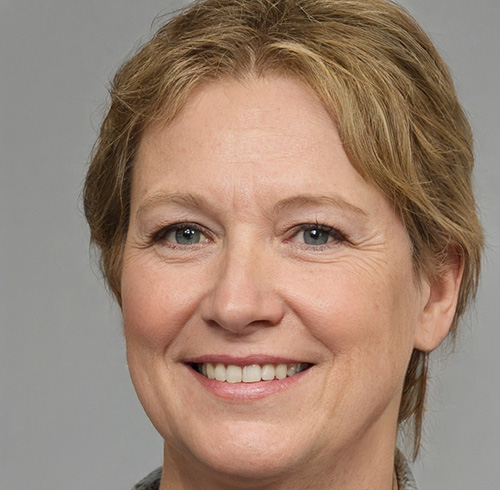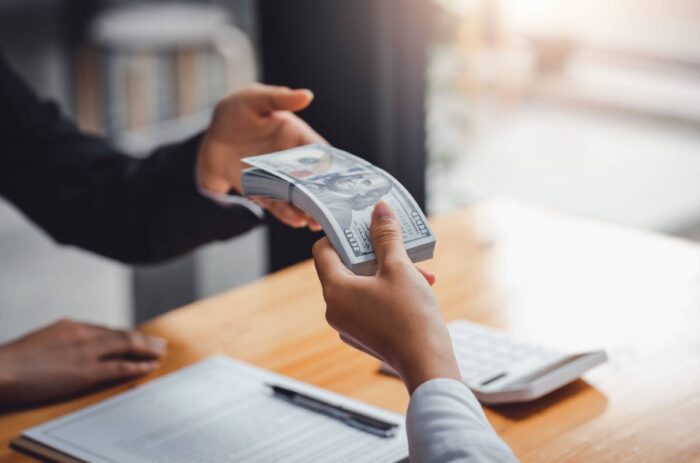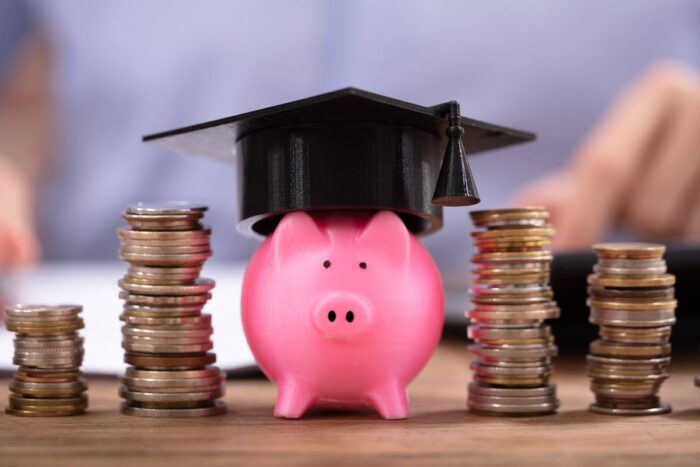Student loan forgiveness programs in the US offer borrowers the opportunity to have a portion of their federal student loan debt forgiven, canceled, or discharged. There are $1.75 trillion in total student loans, and the government has made a move to forgive up to $500 billion of that by granting debt relief to qualified borrowers.
This article gives the details of what you need to know about Pell Grant loan forgiveness.
A Brief Overview of Pell Grants
The Pell Grant is a federal financial aid program that provides funding to low-income undergraduate students to help pay for college. The program is need-based, and eligibility is determined by the student's financial situation, including income and assets, as well as their enrollment status and the cost of attendance at their institution.
The maximum award amount for the 2022-2023 academic year is $6,495, while for 2023-2024, the maximum amount increased to $7,395. These funds can be used to cover tuition, fees, and other education-related expenses.
What is Pell Grant Loan Forgiveness?
Unlike loans, Pell Grants do not have to be repaid, making them a valuable resource for students needing financial assistance. But since the amount of Pell Grant a student receives isn't enough to cover the entire cost of a college education, you need to look for other forms of financial aid to augment the difference.
In most cases, students take out federal student loans. President Biden's student debt relief program gives up to $20,000 in debt relief for Pell Grant recipients. This means that Pell Grant recipients who have other federal student loans can be relieved of paying them up to $20,000.
Eligibility Criteria for Loan Forgiveness
The eligibility criteria for loan forgiveness programs vary depending on the specific program. Most have income requirements, and look at your debt repayment history. Also, not all loan types can qualify for debt loan forgiveness.
Marital Status
Marital status affects your income eligibility. For single borrowers, you must make under $125,000 to be eligible for debt forgiveness. Married borrowers must make less than $250,000 annually to qualify.
Dependents
If you're a dependent student, you must report your parents' information and income to check if you qualify for debt forgiveness. Your dependency status is determined by your answers to the FAFSA, and while your parents are not required to pay for your college fees, the government assumes that it's the responsibility of the family to help you get through college.
Federal Loans vs. Private Loans
Federal loans are offered by the government and have fixed interest rates, while private loans are offered by banks and other financial institutions and have variable interest rates. Most federal loans qualify for debt forgiveness. However, private loans don't qualify.
If you have a private loan, you must negotiate directly with your creditor if you need debt relief.
Undergraduate vs. Graduate Degrees
The government's proposed debt relief program applies to both undergraduate and graduate degrees. As long as you meet the income limits, which are the primary criteria for debt forgiveness, you can apply debt relief towards a graduate degree.
Joe Biden’s Plan to Increase Access to Pell Grants and Student Loan Forgiveness
President Biden wants to free students from unsustainable college debt and has mandated a debt relief program that forgives up to $10,000 for most students and $20,000 for Pell Grant recipients. You should still meet the general eligibility criteria, such as income, type of federal loan made, and repayment history to qualify.
Loan forgiveness is not automatic, and you must apply to the program to access debt relief.
Understanding the Process of Applying for Pell Grant Loan Forgiveness
The application process for student debt relief is unfortunately blocked at the moment due to a court order. As a result, the Department of Education is not accepting new applications. However, you can subscribe to their alerts to know when the block is lifted, and applications resume.
The Application Process
When it went live, the application process for student loan forgiveness was a fairly straightforward process. You only need to accomplish these steps:
- Go to the Federal Student Aid website.
- Complete the form, which takes less than 5 minutes.
- Give the required information, such as your identifying and contact information.
- Be prepared with your loan repayment history.
- Submit the application and wait to be contacted.
Originally, the deadline for applications was set until December 31, 2023. The Department of Education is working to overturn the court order blockage and will resume accepting applications as soon as they're successful.
Frequently Asked Questions
Here are answers to commonly asked questions.
If you are unsure if you have been awarded a Pell Grant, you can check your financial aid award letter from your school, which will list all of the financial aid programs for which you are eligible. You can also check your FAFSA application status by logging in to studentaid.gov.
In general, federal student loans are written off after 20 or 25 years of repayment, depending on the repayment plan. However, some income-driven repayment plans may offer loan forgiveness after as little as 10 years of repayment. Private student loans do not typically offer loan forgiveness or cancellation.
Student loans are not automatically forgiven. Generally, to receive loan forgiveness, you must meet certain eligibility requirements, such as working in a qualifying field or making payments for a specified period of time. It is important to review the specific requirements for loan forgiveness programs carefully and submit any necessary paperwork on time to ensure that you are considered for forgiveness.
Going to college can be challenging for many, but with federal financial aid programs like Pell Grant, these challenges are addressed. And with President Biden's Pell Grant loan forgiveness program, there's a silver lining to all those buried under mountains of student debt.
Want to know if Pell Grants are free? Visit our article now to learn more!
Learn how to prepare your Student Loan Application in this blog.






